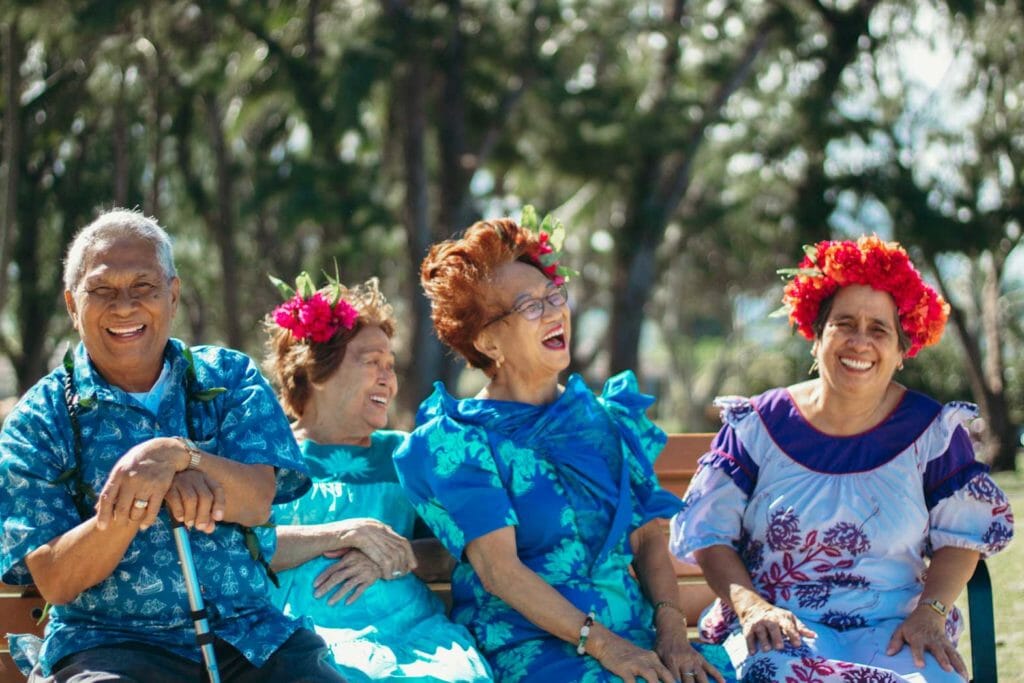Filipinos have second highest median family income in Hawaii

Almost 80% of people who are at least part Filipino live in family households, the average size of which is 4.4 people. SCREENGRAB
People who are Filipino or part Filipino rank second only to people of full or partial Japanese ancestry in median family income size: Filipinos at $102,324 to Japanese at $114, 825 a year, according to the U.S. Census Bureau’s latest data, from 2019.
Among the state’s major ethnic groups, people who are part or full Filipino also have the largest average family size, a major factor in their high family income ranking, Carlie Liddell, head statistician of the Hawai‘i State Data Center told Hawaii Business News.
Almost 80% of people who are at least part Filipino live in family households, the average size of which is 4.4 people. The number ranges between 3.25 to 3.93 for the state’s other major ethnic groups.
This story is based largely on the Census Bureau’s 2019 data that provides estimates for Hawai‘i’s White, Filipino, Japanese, Chinese, Native Hawaiian and Hispanic populations. That data also covers people whose mixed ethnicity includes one of those six groups.
We also look beyond just income to find how Hawai‘i’s largest ethnic groups compare in education, employment and homeownership to provide a fuller picture of their socioeconomic status. Higher education, for instance, usually leads to higher income, and homeownership is an important indicator of accumulated wealth.
“We see, of course, that newer immigrants to Hawai‘i, their populations are younger, less established, and we do see that the more established immigrant groups do have higher homeownership, they’re older, they have higher incomes,” Liddell says. “So it does seem to track with periods of immigration.”

